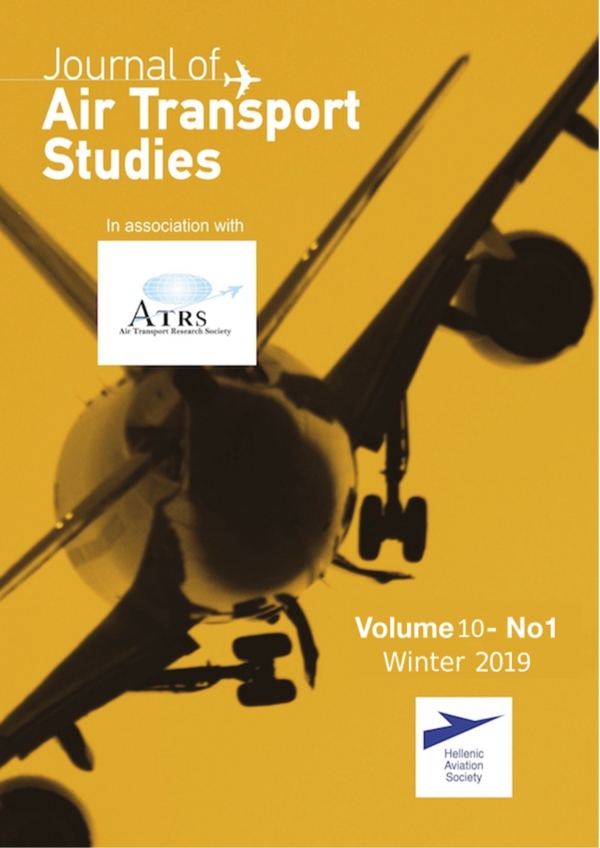IMPACT OF AIRLINE BUSINESS MODELS, MARKET SEGMENTS AND GEOGRAPHICAL REGIONS ON AIRCRAFT CABIN CONFIGURATIONS
Main Article Content
Keywords
Aircraft seat capacity, airline business model, aircraft cabin utilisation
Abstract
Besides the significance of estimating aircraft seat capacity for airline operating cost and yield estimation as well as for the conceptual design of aircraft, airline fleet planning requires an understanding of aircraft cabin configuration. This paper presents the impact of airline business models, market segments in terms of flight distances, and geographical regions on aircraft cabin configuration, i.e. aircraft seat capacities and installed seats per cabin class. Using the historical databases of global low-cost carriers and airline flight schedules between 2000 and 2016, two ABM clusters – full-service network carriers (FSNCs) and low-cost carriers (LCCs) - were developed, while using seven already-developed passenger-aircraft clusters. Focusing on the jet commuter (JC), narrow-body (NB) and long-range (LR) aircraft clusters, studies were conducted on the historical development of aircraft cluster seat capacities at different abstraction levels: global, airline business model, intra- and inter-regional flight distances, as well as a combination of ABM and (inter)regional flights. Selected results were further analysed using statistical tests on the mean and regression analysis. The analysis results show that LCCs use aircraft that have less average scheduled and less average maximum possible seats than FSNCs. Specifically, FSNCs use significantly bigger aircraft types in LR cluster than LCCs, while LCCs use significantly bigger aircraft types in JC cluster than FSNCs. Furthermore, average cabin utilisation of aircraft clusters scheduled by LCCs are significantly higher than average cabin utilisation scheduled by FSNCs. With increasing distance, average cabin utilisation also significantly reduces.


